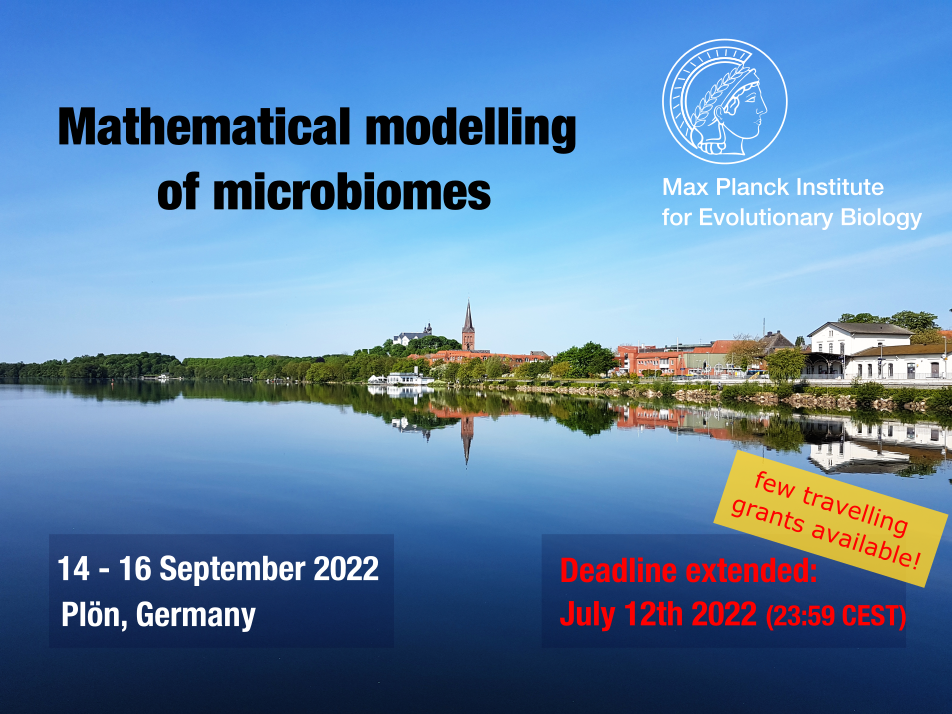Speaker
Description
Authors: João Valeriano, Ricardo Martínez-García
Cooperation is a social behavior that, despite being easily encountered in nature, is usually hard to explain, as it frequently appears to be evolutionarily unstable. Microbial communities provide a very rich playground to study the evolution of cooperation, as one can model these behaviors through simple rules and compare theoretical predictions to experiments in controlled conditions. Microorganisms, for example, produce all sorts of public goods, substances that are released to the environment and provide benefits for all individuals with access to them. Public good production is energetically costly and can be exploited by individuals that do not share the production cost but still share their benefits. In this scenario, non-producers have a higher relative fitness than producers and will outgrow them, leading to the extinction of cooperative behavior. But data tells us this cannot be the end of the story and that such inevitable extinction of cooperation may be the result of an oversimplified set of model assumptions. Microbes, for example, are usually found in aqueous media in which flows can create spatial structures — even though possibly transient — that reduce the rate of interspecific interactions and might facilitate coexistence. Despite these potential effects, the environmental context has been largely neglected in models of social evolution. In this work, we study whether and how environmental flows can affect the maintenance of cooperation in a population of public good producers and non-producers. Individuals of both strains are advected by an environmental flow and interact with each other via a public good game, where cooperators produce molecules that provide benefits to its consumers. We conduct intensive numerical simulations of this advection-reaction-diffusion process with increasingly complex velocity fields. We consider differents flows, so that we can understand how the dynamics and the possible outcomes of the game change as the environmental mixing transitions from laminar to turbulent. Lastly, we try to connect the effect of flows on the ecological outcome on the public good game to the spatial structure of the population in the absence of flow.

